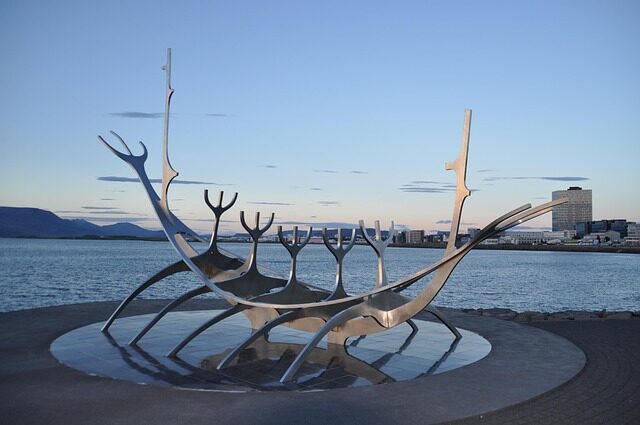The Fascinating History of Viking Longships
The Vikings, renowned seafaring warriors from Scandinavia, left an indelible mark on history between the 8th and 11th centuries. Central to their dominance were their longships, vessels that changed the course of history through their impact on transport, trade, and warfare. These ships, crafted to navigate various water conditions, hold a special place in the viking longships history.
What Are Viking Longships?
- What are Viking longships?
- How did Viking longships evolve over time?
- What were the key features of Viking longships?
- How did Vikings navigate their longships?
- What was life like aboard a Viking longship?
- What role did longships play in Viking trade and warfare?
- How are modern reconstructions of Viking longships helping us understand their history?
- What are Viking longships?
- How did Viking longships evolve over time?
- What were the key features of Viking longships?
- How did Vikings navigate their longships?
- What was life like aboard a Viking longship?
- What role did longships play in Viking trade and warfare?
- How are modern reconstructions of Viking longships helping us understand their history?
What are Viking longships?
The iconic Viking longships were the pinnacle of naval engineering in their time. With their slender, elongated hulls and symmetrical bow and stern, these ships served multiple purposes, including raiding, trading, and exploring new territories. Not only were they a symbol of power, but also a testament to the Vikings’ adept shipbuilding skills.
How did Viking longships evolve over time?
Viking longships underwent remarkable evolution from their early versions, like the Oseberg and Gokstad ships, to more specialized designs by the 9th century. By the 10th century, their design had been refined, leading to the development of warships that combined speed with agility, enabling Vikings to execute raids efficiently.
What were the key features of Viking longships?
The key features of Viking longships included a shallow draft for easy beach landings, a sturdy keel for stability, and a clinker-built hull that provided both strength and flexibility. Overlapping planks of wood and the use of iron rivets also contributed to their durability and seaworthiness.
- Shallow draft for navigation in shallow waters
- Sturdy keel and clinker-built construction
- Overlap-planked hull reinforced with iron rivets
How did Vikings navigate their longships?
Without the compass, Vikings were remarkable navigators, relying on the sun, stars, and other natural landmarks to guide their journeys. Their intimate knowledge of weather patterns and sea currents further aided in their navigational prowess, allowing them to traverse vast distances with confidence.

What was life like aboard a Viking longship?
Life aboard a Viking longship was challenging, with crew members facing the elements and the demands of long voyages. The open-deck design provided little shelter, and space was limited, necessitating efficient use of the ship’s quarters for both crew and cargo.
What role did longships play in Viking trade and warfare?
Viking longships were instrumental in trade, enabling the exchange of goods across Europe. However, it was in warfare that their capabilities shone brightest. Their speed and flexibility allowed for sudden attacks and quick retreats, cementing the Vikings’ reputation as fearsome raiders.
- Instruments in establishing trade networks
- Key to quick, efficient warfare tactics
How are modern reconstructions of Viking longships helping us understand their history?
The reconstruction of longships, such as the Sea Stallion, provides valuable insights into Viking shipbuilding techniques and seafaring capabilities. These modern projects recreate historical voyages and experiments, enhancing our understanding of Viking maritime prowess.
To appreciate the sophistication of these ancient vessels, let’s watch a detailed exploration in the following video:

Longships continue to fascinate us, not just as emblems of the Viking era, but as revolutionary advancements in naval architecture that shaped the world both in the age of Vikings and for centuries thereafter. Understanding the history of Viking longships helps us appreciate the immense contributions Vikings made to maritime exploration and trade, setting the stage for Europe’s Age of Discovery.

